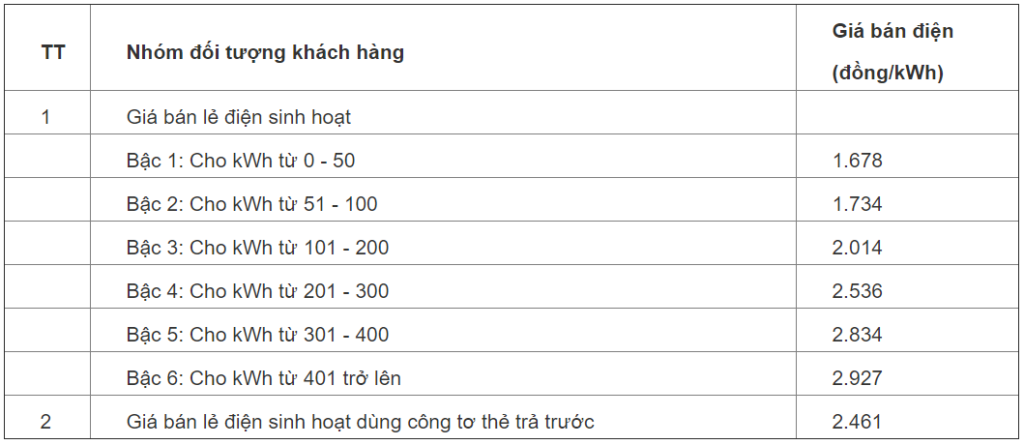*Note: To measure electricity consumption accurately, specialized devices need to be plugged directly into the outlet; in this article, I can only guide you to make an approximate calculation.
Surely, everyone has once wondered about questions like this. Computers are electrical devices, and it’s natural that using electrical equipment incurs electricity costs. However, most people don’t actually sit down to calculate it because, first, they are too lazy to do the math, and second, they fear making mistakes.
Generally, when calculating the power consumption of a computer, we take the actual power of the power supply multiplied by the number of hours it is used. However, in reality, this is incorrect. From the moment you choose the power supply for your PC, you must select a power supply with a capacity greater than the peak power of the components, and power supplies rarely run at full capacity, even during gaming, rendering, or high-performance tasks. A mid-range desktop computer with a Core i5 chip and an Nvidia GPU with a 60 series suffix typically consumes around 150 to 250W under normal usage conditions. For laptops, the consumption is even lower; gaming laptops with H series chips and discrete GPUs typically consume about half of what a desktop does at similar performance levels.
The magazine PC Gamer measured under real conditions and provided an average results table for the following configurations:
| Configuration | CPU | GPU | Average Power |
| Budget | Core i3, Ryzen 3 | GTX 1650 | 150W |
| Mid-Range | Core i5, Ryzen 5 | RTX 2060, RTX 2060 Super | 250W |
| High-End | Core i7, Ryzen 7 | RTX 2080 (Super/Ti) | 350W |
| Ultra High-End | Core i7-7900X | 2 x RTX 2080 (Super/Ti) | 700W |
Here is the current electricity pricing table for residential use (subject to government regulations).

Note
Regarding the power of each configuration, we now have a benchmark to estimate; your task is simply to convert that power consumption into a monthly electricity bill. We will have a simple power formula as follows:
Average Power x Number of Hours Played Per Day x Number of Days Played in a Month x Current Electricity Rate
Example Calculation
For example, I have a non-K Core i5 and an RTX-2060 GPU (mid-range configuration), and I play for 5 hours a day and 30 days a month, so this PC will consume:
250 x 5 x 30 = 37500W
Since 1 kW (kilowatt) equals 1000W, I will divide the above number by 1000.
37500/1000 = 37.5kW
Finally, I multiply the kW of electricity by the current electricity rate, which I will take as 2000 VND/kW.
2000 x 37.5 = 75000 VND
The answer is 75k VND a month
*If we apply the same example to other configurations, we get the following results:
– Budget configuration (150W): 45,000 VND
– High-end configuration (350W): 105,000 VND
– Ultra high-end configuration (750W): 225,000 VND
When calculating this, remember to include the monitor. For the monitor, the consumption is much lower; a relatively high-end 27-inch monitor at 144Hz and 350 Nits brightness will consume around 50W. This part varies by model, and you can refer to the manufacturer’s specifications by searching on Google.
You should also note that my calculation method is just an example; your usage may differ. If you mainly browse the web or watch movies lightly, your machine will consume less power. If you play demanding games, work on graphics, run projects, or overclock, your machine will consume more power. Generally, the size of your bill will depend on individual circumstances. Keep in mind that the more electricity we use, the higher the cost will be according to the rate set by the government. I will provide the current electricity pricing table for your convenience.
This article provides a simple way to estimate the electricity consumption of a computer in a month. From there, we can infer how much it contributes to the electricity bill. I hope this article is helpful to you.
According to PC Gamer, GearVN